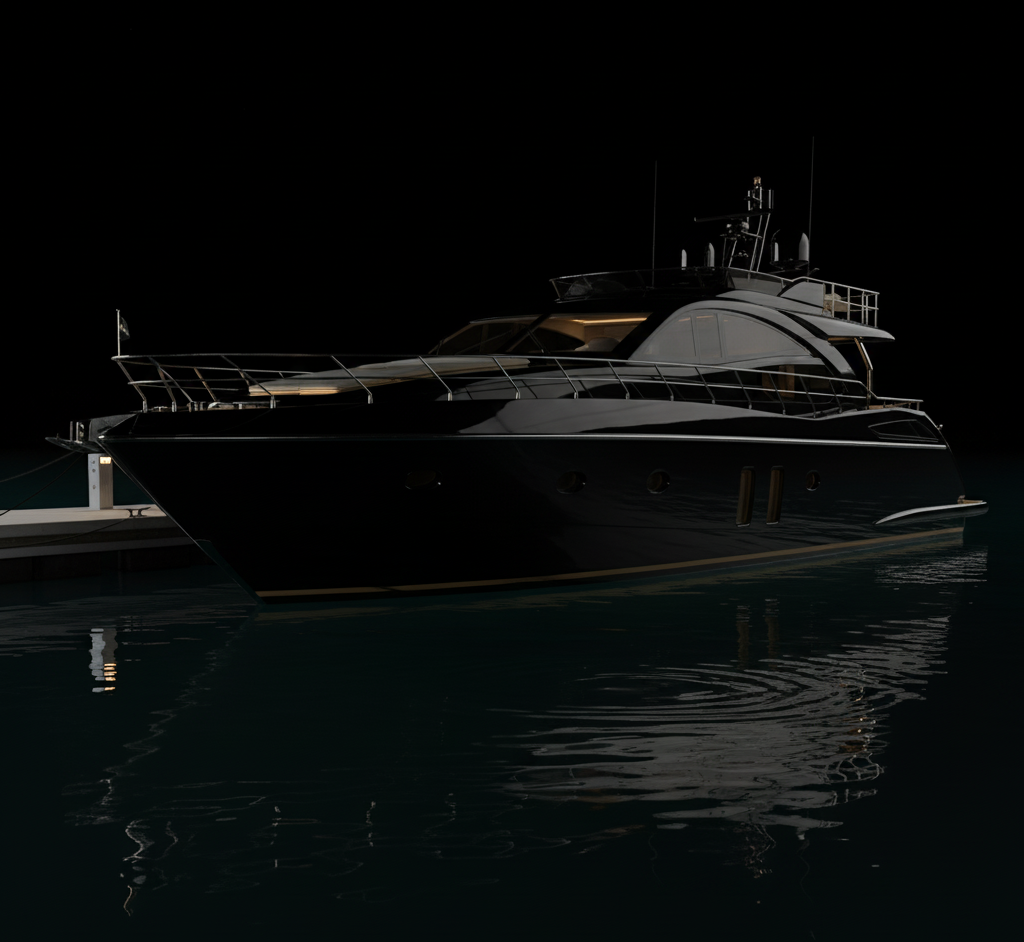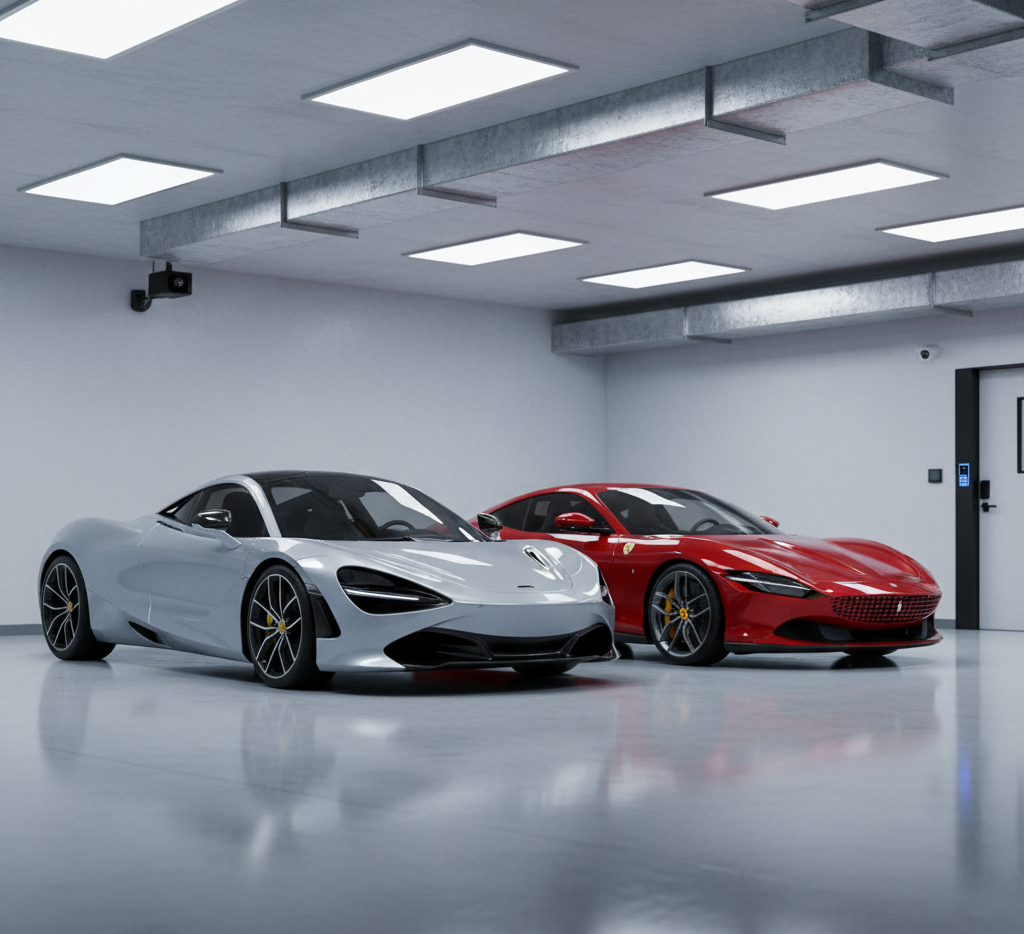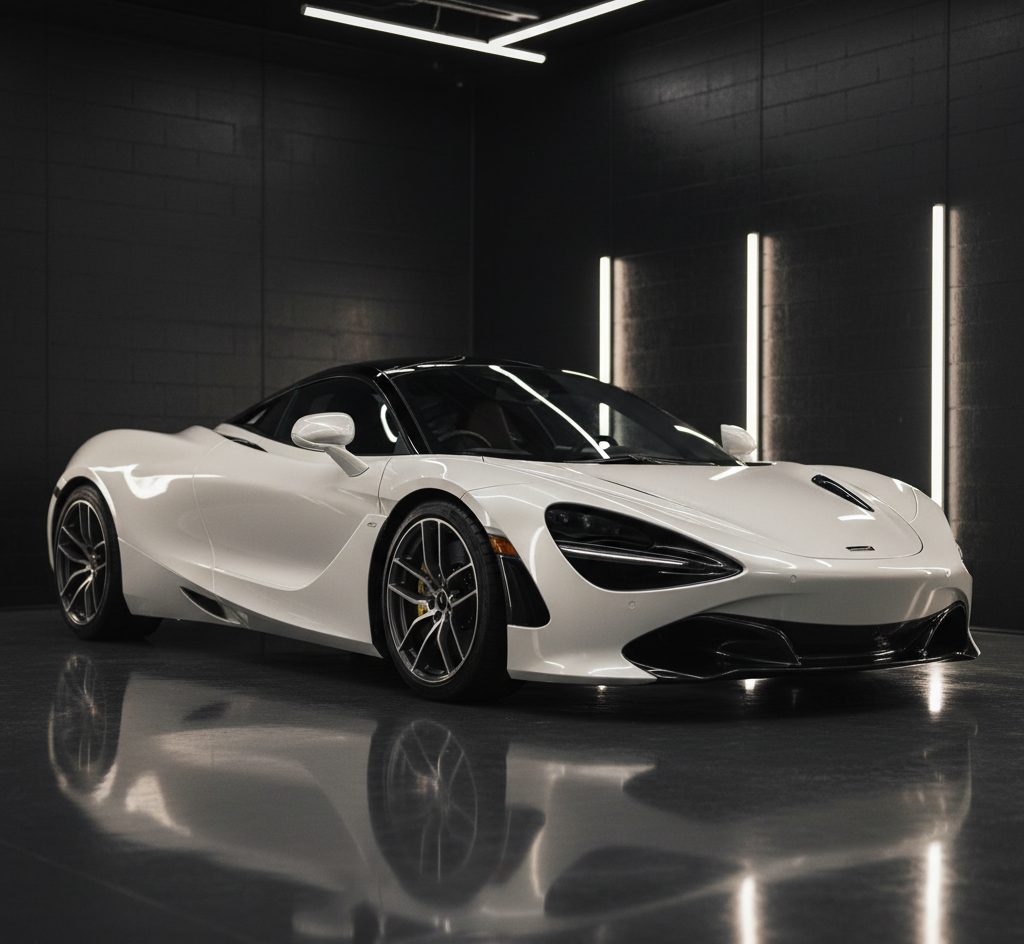
Hear from Our Customers

You get years of protection instead of months. Your paint stays cleaner longer, water beads off like it’s supposed to, and those weekend washes become quick rinses instead of scrubbing sessions.
The coating bonds at the molecular level with your paint and gelcoat. That means it’s not sitting on top waiting to wash away—it becomes part of the surface itself.
Your investment holds its value. No more worrying about UV fade on your yacht’s gelcoat or swirl marks destroying your car’s finish every time you look at it wrong.
We’ve been protecting high-value assets in Great River and the surrounding Long Island communities for years. We understand what it means to own something worth protecting.
This isn’t a side business for us. We built our facility specifically for collectors, enthusiasts, and owners who expect more than just a parking space—and that same attention to detail carries over to every coating application.
Great River residents know quality when they see it. From the waterfront homes along the Connetquot River to the marina where serious boaters keep their vessels, this community values craftsmanship and longevity over quick fixes.

First, we assess your vehicle’s current condition. Paint correction comes before coating—always. There’s no point in sealing imperfections under a permanent layer.
We decontaminate every surface that’s getting coated. Clay bar, chemical decontamination, whatever it takes to get to clean paint. Then we correct any oxidation, swirl marks, or scratches through our multi-stage polishing process.
The coating application happens in our controlled environment. Temperature and humidity matter for proper curing. We apply the ceramic coating in thin, even layers, allowing each to cure properly before the next.
After curing, we inspect every inch. You get detailed care instructions and a realistic timeline for maintenance. No overselling, no unrealistic expectations—just honest information about what you can expect from your investment.

Ready to get started?
Professional paint correction before any coating touches your vehicle. We’re not covering up problems—we’re eliminating them first.
Multi-surface application capability. Your car’s paint, wheels, trim, and glass. Your boat’s gelcoat, stainless steel, and even fabric surfaces. Different materials need different formulations, and we stock what works.
Great River’s marine environment demands specific protection. Salt air, UV exposure, and temperature fluctuations that would destroy lesser coatings. Our marine-grade formulations are designed for Long Island’s coastal conditions.
Post-application support that matters. We’re not disappearing after we cash your check. Maintenance guidance, touch-up services, and honest answers about what to expect as your coating ages.

Marine ceramic coatings typically last 12 to 24 months above the waterline with proper maintenance, though high-quality professional applications can extend to 3 years under optimal conditions.
Saltwater is brutal on everything, and anyone telling you otherwise hasn’t spent enough time around boats. The constant salt exposure, UV rays, and temperature fluctuations that define Long Island’s marine environment will test any coating.
What matters more than the timeline is what happens during that period. A properly applied marine ceramic coating will maintain its hydrophobic properties, UV protection, and ease of cleaning throughout its lifespan, then gradually diminish rather than suddenly failing.
Marine coatings are formulated with thicker carrier solvents and enhanced salt resistance to bond properly with gelcoat and marine paint, which are more porous than automotive clear coat.
Automotive coatings work on hard, smooth surfaces like clear coat and glass. Marine surfaces—especially gelcoat—have larger pores and face harsher environmental conditions. The chemistry needs to be different to create a proper molecular bond.
Marine formulations also include specific UV blockers and anti-fouling properties that automotive coatings don’t need. Your boat faces algae, barnacles, and constant saltwater exposure that your car never sees, so the protection needs to be designed accordingly.
No, absolutely not. Any existing wax, sealant, or previous coating must be completely removed before ceramic coating application, or the new coating won’t bond properly to the paint.
This is why proper surface preparation is critical and why we include decontamination in every application. Ceramic coatings bond at the molecular level with paint and clear coat—not with whatever product was applied previously.
Trying to shortcut this process results in poor adhesion, premature failure, and wasted money. We use specialized solvents and clay bar techniques to ensure we’re working with completely clean paint before any coating touches your vehicle.
The amount of paint correction depends entirely on your vehicle’s current condition, but some level of correction is almost always necessary for optimal results.
Light swirl marks and minor imperfections can usually be addressed with single-stage polishing. Heavier oxidation, deeper scratches, or neglected paint may require multi-stage correction with progressively finer compounds and polishes.
We assess each vehicle individually and provide honest recommendations. Sometimes the paint correction costs more than the coating itself, but there’s no point in permanently sealing imperfections under a coating that’s designed to last years.
Maintenance is simpler than traditional wax or sealant routines, but it’s not zero-maintenance despite what some companies claim.
Regular washing with pH-neutral soap maintains the coating’s hydrophobic properties and prevents contaminant buildup. Avoid automatic car washes with harsh chemicals or brushes that can damage the coating over time.
Annual inspections help identify any areas where the coating may be thinning or compromised, allowing for spot treatments before full reapplication becomes necessary. We provide specific product recommendations and maintenance schedules based on your vehicle’s use and storage conditions.
Yes, but for different reasons than vehicles exposed to the elements daily. Indoor storage eliminates UV exposure and weather damage but doesn’t prevent oxidation, dust accumulation, or handling damage.
Ceramic coating on stored vehicles maintains that showroom finish between uses and makes cleaning much easier when you do take them out. Dust and fingerprints wipe away without leaving marks or requiring aggressive cleaning.
For collectors and enthusiasts in Great River who store their vehicles seasonally, ceramic coating preserves the paint’s condition during storage periods and ensures the vehicle is ready for immediate use when the season returns.
Other Services we provide in Great River